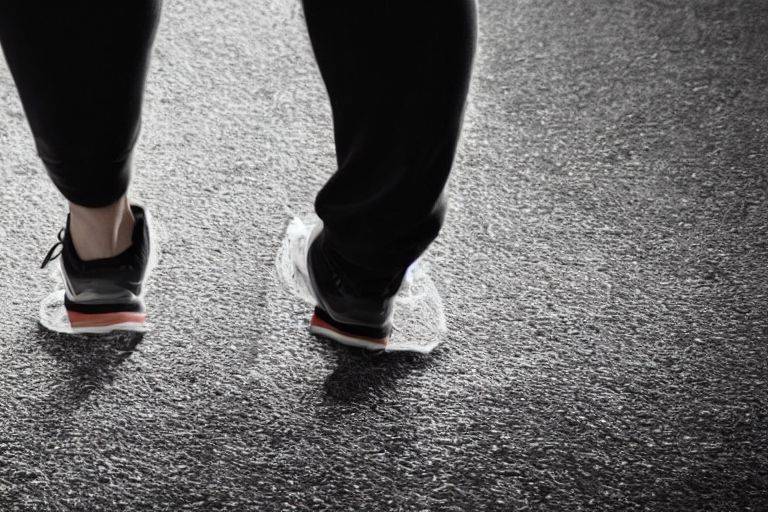Time to Get Moving: Scientific Evidence of the Health Risks of a Sedentary Lifestyle

Time to Get Moving: Scientific Evidence of the Health Risks of a Sedentary Lifestyle
In today’s modern world, our lives have become more sedentary than ever before. With technological advancements and the rise of desk jobs, many people spend the majority of their day sitting. However, this sedentary lifestyle comes with a plethora of health risks that cannot be ignored.
Scientific evidence overwhelmingly supports the notion that a sedentary lifestyle negatively impacts our physical and mental well-being. According to a study published in the British Journal of Sports Medicine, sitting for prolonged periods increases the risk of developing chronic conditions such as obesity, type 2 diabetes, cardiovascular diseases, and certain types of cancer.
One of the most significant health risks associated with a sedentary lifestyle is obesity. When we sit for long periods, our calorie expenditure significantly decreases, leading to weight gain. A study conducted by the American Journal of Epidemiology found that sitting for more than six hours a day was associated with a 34% higher risk of obesity in women and an 11% higher risk in men. Additionally, prolonged sitting negatively affects our metabolism, leading to increased fat accumulation and decreased muscle mass.
Another alarming health risk linked to a sedentary lifestyle is cardiovascular disease. When we are inactive, our heart rate and blood flow decrease, compromising our cardiovascular health. A study published in the Journal of the American Heart Association found that people who sat for more than ten hours a day had a 48% increased risk of developing cardiovascular disease compared to those who sat for less than six hours.
Type 2 diabetes, a condition characterized by high blood sugar levels, is also closely associated with a sedentary lifestyle. Physical activity helps regulate blood sugar levels by improving insulin sensitivity. Conversely, prolonged sitting reduces insulin sensitivity, increasing the risk of developing type 2 diabetes. A study published in JAMA Internal Medicine revealed that each additional hour spent sitting was associated with a 22% higher risk of developing type 2 diabetes.
Additionally, a sedentary lifestyle has a profound impact on our mental well-being. Inadequate physical activity has been linked to an increased risk of mental health disorders such as depression and anxiety. Regular exercise promotes the release of endorphins, which are known as “feel-good” hormones, improving mood and reducing stress. In contrast, sedentary behavior contributes to higher levels of stress, anxiety, and overall decreased mental well-being.
To counteract the negative effects of a sedentary lifestyle, it is imperative to incorporate physical activity into our daily routine. The World Health Organization recommends at least 150 minutes of moderate-intensity aerobic activity, or 75 minutes of vigorous-intensity activity, per week. Engaging in regular exercise not only reduces the risk of chronic diseases but also improves overall fitness, cognitive function, and mental well-being.
Making small changes in our daily habits can go a long way. Instead of sitting for prolonged periods, we can
break up our sitting time by taking short walks or standing up and stretching every 30 minutes. Taking the stairs instead of the elevator, parking farther away, or opting for active modes of transportation like cycling or walking can also help increase physical activity levels.
Furthermore, employers can play a crucial role in promoting an active lifestyle. Implementing policies such as standing desks, on-site gyms, or encouraging employees to take regular active breaks can significantly contribute to reducing sedentary behavior and improving overall health.
In conclusion, the scientific evidence is clear: a sedentary lifestyle poses significant health risks. The detrimental effects of prolonged sitting on physical and mental well-being cannot be ignored. It is time to prioritize physical activity and break free from the shackles of a sedentary lifestyle. Incorporating exercise into our daily routine, making small changes in our habits, and creating a culture of movement in our workplaces are essential steps towards a healthier, more active future.



